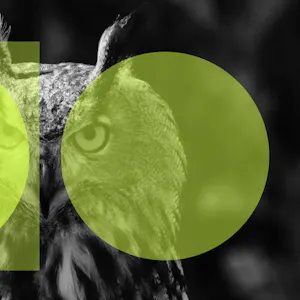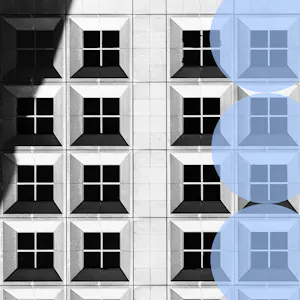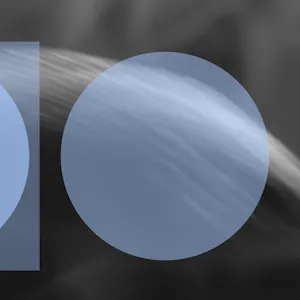Emerging threats

We support organisations striving to build a trustworthy, safe online environment where users can engage authentically in their communities.
Cross-sector corporatesWe support international government organisations and NGOs working to provide infrastructure or improve the capabilities, security and resilience of their nation.
International programmes and developmentWe support commercial organisations operating in a digital world, seeking to protect their reputation and prevent business disruption caused by cyber attacks and compliance breaches.
UK government and public sectorWe support UK government organisations responsible for safeguarding critical infrastructure, preserving public trust, and maintaining national security.



Today world events play out twice; first as real-world tragedies and then as online farces. These processes occur at the same time, with one reinforcing the other. Nothing shows this better than the recent riots in France.
The protests erupted after French teenager Nahel Merzouk was shot and killed by police as he attempted to flee a traffic stop. The ensuing demonstrations, largely by Paris’ young minority population, sought to challenge rising police brutality and racial profiling. These quickly escalated into widespread riots with social media platforms deluged with footage of street battles, blazing vehicles, and ransacked shops.
French President Emmanuel Macron accused social media of driving the riots. He stated that the young people who joined the unrest wished to ‘live the video game’ and were drawn in by a wish to imitate each other. Social media is certainly an easy scapegoat for Macron to distract from the underlying social problems behind the protests and violence. However, his statement does contain some truth.
Social media is a crucial tool for organising demonstrations and educating the public on political issues. This helps to inspire others to engage in the same struggle. However, social media can also play a darker role in feeding and reinforcing violence. This occurs as content shared on social media platforms reinforces portrayals of instability and chaos. People can see that others are getting away with vandalism or acts of violence and become more likely to test the boundaries themselves.
There is also the issue of fake footage uploaded to social media during the riots. This footage portrayed Paris as having entirely descended into lawlessness despite the violence being mostly confined to certain areas of the city. False media included videos of animals on the run from the Paris Zoo or cars falling from multi-story car parks. This footage was misattributed from other events or repurposed film content.
Some users used this content exploitatively to increase their engagement, but others had more sinister motivations. The far-right seized upon the Paris riots to justify its racist theories of Black and Arab aggression. In their view, the riots showed the need for forced repatriation and more aggressive border patrols. They conveniently ignored the mostly normal conditions in Paris, and that civil disturbance in French protests are not something particular to certain demographics. Authenticity or context was beside the point for those seeking to exploit events for their own political ends. The footage, regardless of being true or not, was curated within echo chambers to reinforce racist group prejudices.
The Paris Riots showed how the real and virtual versions of major events are not separate but intertwined. Animating participants through glorification and incitement but also creating a spectacle for digital voyeurs across the world to interpret as they see fit.
More about Protection Group International's Digital Investigations
Our Digital Investigations Analysts combine modern exploitative technology with deep human analytical expertise that covers the social media platforms themselves and the behaviours and the intents of those who use them. Our experienced analyst team have a deep understanding of how various threat groups use social media and follow a three-pronged approach focused on content, behaviour and infrastructure to assess and substantiate threat landscapes.
Disclaimer: Protection Group International does not endorse any of the linked content.

At their core, artificial systems are a series of relationships between intelligence, truth, and decision making.

Feeding the name of a new criminal to the online OSINT community is like waving a red rag to a bull. There’s an immediate scramble to be the first to find every piece of information out there on the target, and present it back in a nice network graph (bonus points if you’re using your own network graph product and the whole thing is a thinly veiled advert for why your Ghunt code wrap with its purple-backlit-round-edged-dynamic-element CSS is better than everyone else’s).

There is a tendency to think that modern problems require modern solutions. Got a problem with AI-generated content? Your only hope is to build an AI-powered detection engine.